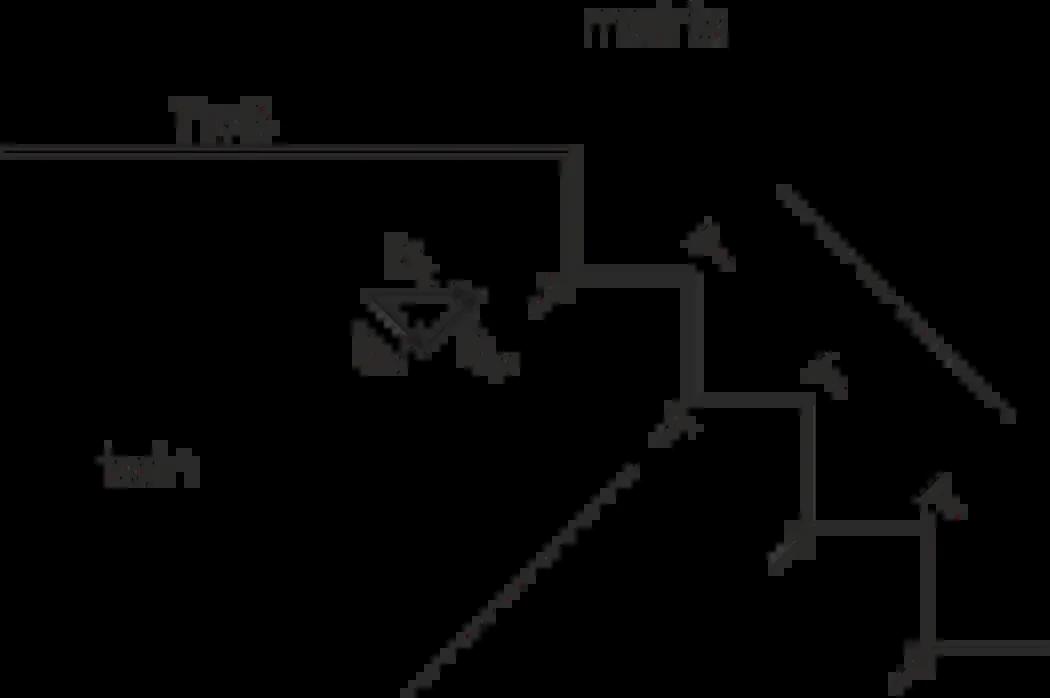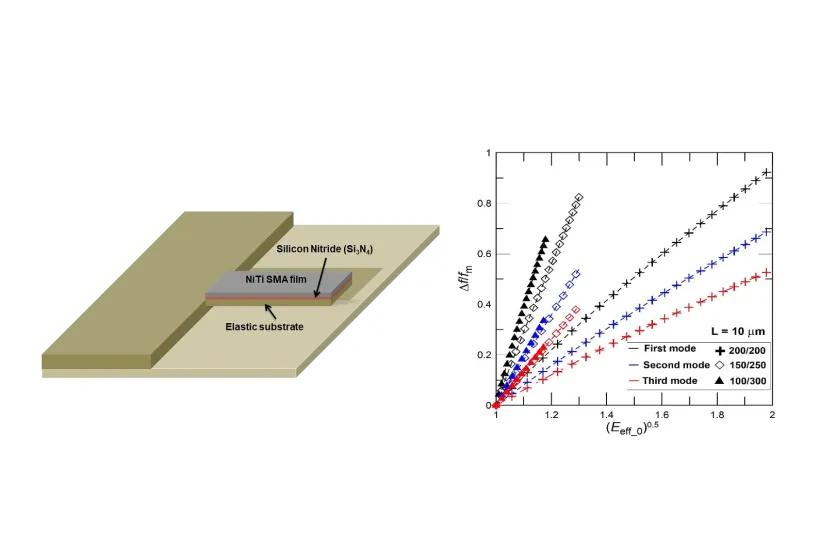The deformation twins are important with respect to limited number of dislocation modes in hexagonal crystals due to lower symmetry. Conjunction of experimental observations with theoretical models is beneficial for their study. We have demonstrated that the same physical reasons lead to appearance of secondary twins in metals (zinc and magnesium) with a qualitative difference of c/a ratio. c and a are the lattice parameters. In addition to symmetric twin boundaries, the matrix and twin are also separated by the interfaces between basal and prismatic planes. This interface can be described by a row of alternating dislocations with the Burgers vectors perpendicular to these two planes as shown in figure below.
Plastic deformation and twin interfaces in hexagonal metals
Text
Theme is contributed to by
Phone:
+420 266 05 2147
Phone:
+420 266 05 3868



![MCM_03.png Non-planar dislocation in the structure C11b dissociated into three planes from the zone <331] in a transition to the (110) slip plane.](/sites/default/files/styles/410x273/public/2020-03/MCM_03.png.jpg?itok=plXnkKFU)
